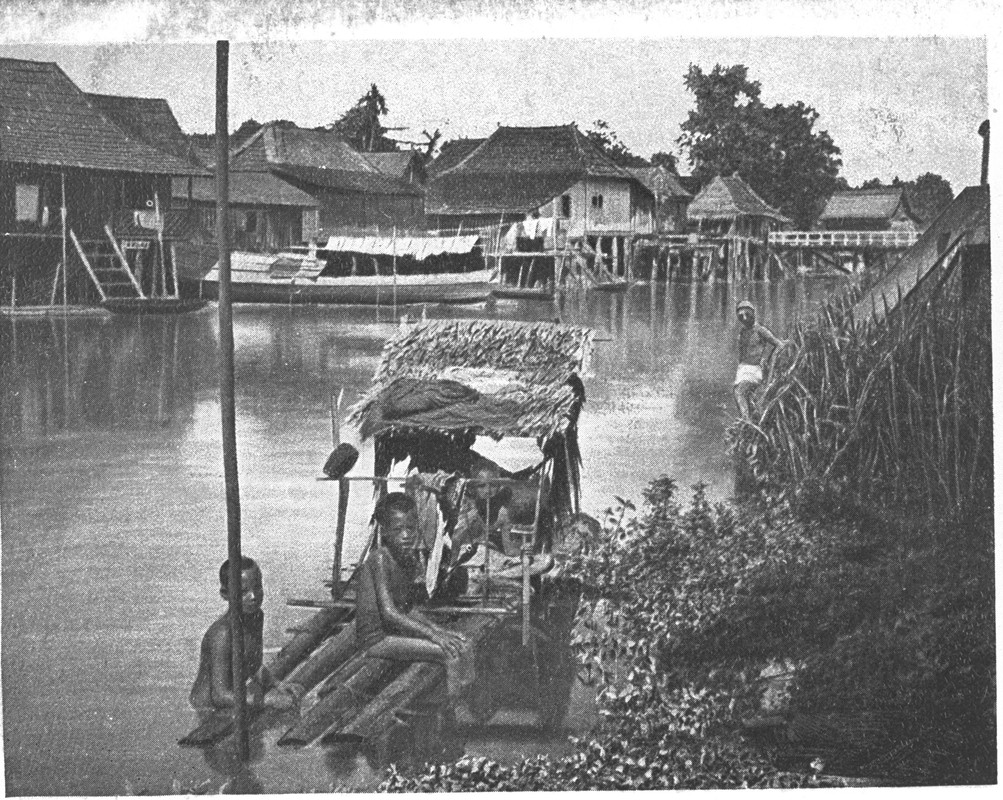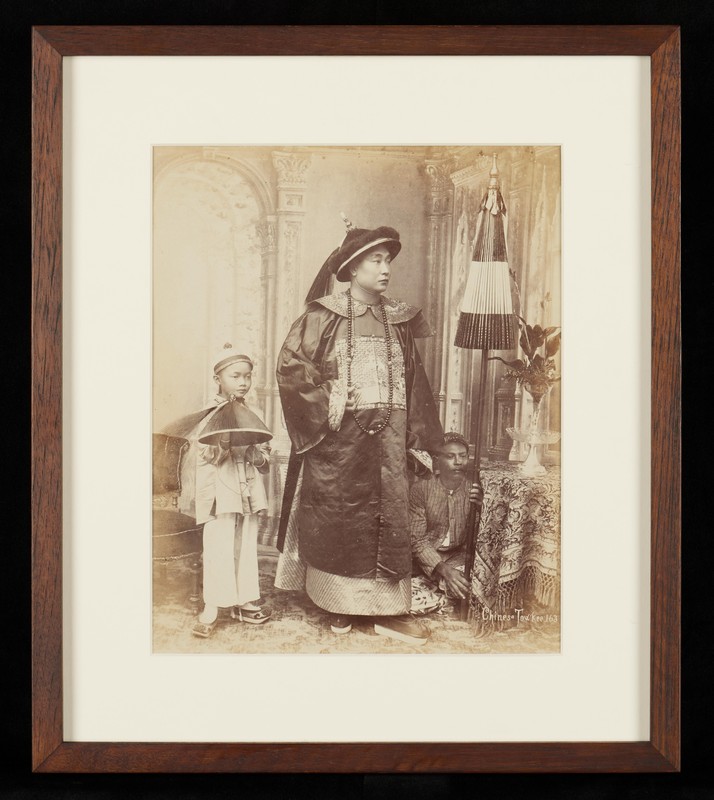Hakka clan associations in Singapore
There is currently no consensus on when Hakka immigrants first arrived in Singapore, but what is certain is that many of them came to the island to partake in its development shortly after Stamford Raffles (1781–1826) landed in 1819. The communities from Kar Yeng and Huizhou established Ying Fo Fui Kun and Wui Chiu Fui Kun respectively in 1822 to take care of the welfare of their fellow clansmen, and they were the earliest groups to set up clan associations based on geographical location. Since then, the Hakka community has become an important group in Singapore’s Chinese community.
Hakka clan associations
The size of the Hakka community in Singapore is not very large. According to statistics, there were more than 6,000 Hakka people in 1881, which rose to around 40,000 by 1947. Currently, the local Hakka population is approximately 200,000. Since the 19th century, the Hakka community has accounted for between 5% and 8% of the total Chinese population in Singapore, and its people are mostly from Guangdong province’s Dabu, Jiaying, Huizhou, and Fengshun, and Fujian province’s Yongding. Some others are from Guangxi province’s Bobai and Rongxian.
Formed by these larger groups of Hakkas, the major Hakka clan associations in Singapore, in chronological order, are Ying Fo Fui Kun (1822), Wui Chiu Fui Kun (1822), Char Yong (Dabu) Association (1858), Foong Shoon Fui Kuan (1873), and Eng Teng Association (1918). There are also surname-based organisations such as Hakka Wong Association and Hakka Chong’s Association. There are 19 different Hakka organisations listed under the Singapore Federation of Chinese Clan Associations. The Nanyang Khek Community Guild (renamed Nanyang Hakka Federation in 2020), established in 1929 by wealthy Hakka merchant Aw Boon Haw (1882–1954) to unite the Hakkas, acts as a joint body for the Hakka community.

Before Singapore’s independence, the functions of Hakka clan associations were similar to those of other dialect groups in that they mainly took care of the needs and welfare of their members — from practical necessities such as work and accommodation, to less tangible aspects such as education and religion. Apart from manual labour work, early Hakka immigrants were also engaged in commerce, and had monopolised industries including pawnbroking, traditional Chinese medicine, tailoring, and eyewear. This had to do with the skills they possessed, as well as referrals by the clan associations.
Generally speaking, however, the Hakka community was economically disadvantaged and thus unable to compete with the Hokkien and Teochew communities who controlled the financial and trade industries. As a result, fewer Hakkas made it into leadership positions in the Chinese community in Singapore, since wealth was the basic criterion for ascending the social ladder at that time.
Schools, temples, and cemeteries
When it came to education, the Hakkas did not allow themselves to lag behind. In the early 20th century, the Chinese community in Singapore began transiting from private schools to modern schools due to the influence of education development in China. The Hakka community was one of the first dialect groups to set up modern schools — Ying Fo Fui Kun founded Yin Sin School in 1905 , while Char Yong Association followed with Khee Fatt School in 1906. The two schools were part of the earliest batch of modern schools to be established on the island, which could be considered the beginning of Chinese education in Singapore.

Besides schools, the Hakka community built temples and cemeteries to fulfil the religious and burial needs of its people. Hock Teck See Temple, a temple by the sea dedicated to Tua Pek Kong, was constructed in 1844. The major Hakka clan associations elect members to serve as its directors and appointed temple keepers. By the mid-19th century, the community had also set up Cheng San Teng and Loke Yah Teng to use as communal burial grounds for Hakka immigrants who had died on the island, away from home. The Cantonese community played a part in establishing Cheng San Teng and Loke Yah Teng as well.
When the community outgrew the two cemeteries, Hakkas from Fengshun, Yongding, and Dabu came together to form the Fong Yun Thai Association and built a new cemetery, Yu Shan Teng, in 1882 which housed the Fong Yun Thai ancestral hall, while Ying Fo Fui Kun acquired Shuang Long Shan cemetery in 1887, which also housed an ancestral hall for the five districts of Kar Yeng community.
After Singapore became independent in 1965, Hakka clan associations found, as all other clan associations did, that the government had taken over many of the basic social functions that they used to serve during colonial times. It was necessary to reinvent themselves to adapt to the needs of the country’s economic development and evolution of national identity. For example, schools founded by the Hakka community have now become government schools where English is taught as a first language. Clan association activities now focus on promoting Chinese culture and preserving Hakka traditions, with a scope that has gone global in response to trends of a new era. Many of these associations now also organise overseas activities that include networking and collaboration opportunities, business visits, cultural exchanges, and attending World Hakka Conferences.
This is an edited and translated version of 新加坡客家会馆. Click here to read original piece.
Wong, Sin Kiong, ed. Huiguan, shequn yu wangluo: kejia wenhua xueshu lunji [Locality association, community and networks: collected essays on Hakka culture]. Singapore: Department of Chinese Studies of National University of Singapore, Char Yong (Dabu) Association, Global Publishing, 2018. | |
Wong, Sin Kiong, ed. Xinjiapo kejia [Singapore Hakka]. Guilin: Guangxi Normal University Press, 2007. | |
Wong, Sin Kiong, ed. Xinjiapo kejia wenhua yu shequn [Hakka culture and communities in Singapore]. Singapore: Department of Chinese Studies of National University of Singapore, Nanyang Khek Community Guild, Char Yong (Dabu) Association, 2008. |










